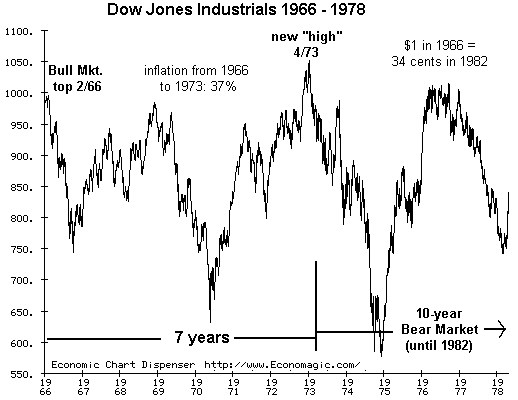Effortless Gains in the Stock Market May No Longer Be Realistic
2023.03.24 04:11
Everyone wants a trend they can trade for effortless gains. That may no longer be realistic.
Market commentators tend to focus on Bulls and Bears and Federal Reserve policies as drivers of stock market gyrations. Still, a far more profound dynamic is working beneath these veneers: the forces of adaptation and evolution transforming the economy and society as conditions change.
While the general expectation is that the post-Covid economy “should” revert to the stability of 2019, this ignores what was already unraveling in 2019. The global economy experienced fundamental shifts in technology, production, energy, capital flows, labor, currencies, and geopolitics in the past 25 years. These forces are not just in motion but accelerating in ways destabilizing the status quo.
The necessity of adaptation and evolution can be summed up very simply: adapt or die. This is the natural state not just of Nature and species but of systems such as societies and economies. Those who cling to failing models stagnate and decay. At the same time, those who embrace dissent, transparency, and a constant churn of experimentation and trial-and-error will adapt and evolve and emerge stronger and more adaptable.
The US economy went through a comparable period of instability and forced adaptation in the 1970s, a dynamic I explored in The Forgotten History of the 1970s. Everyone benefiting from the status quo arrangements fought the much-needed changes tooth and nail, and so progress was uneven. Transitioning to a more efficient and responsive industrial base required tremendous capital investments and scaling up new technologies.
The transition is more costly and takes more time than we would like; the 1970s transition took about a decade. We can anticipate a similar scale of capital investment and time will be needed for this structural adaptation.
As the chart below illustrates, the 1970s was characterized by high inflation and big swings up and down in the stock market. Successful adaptations generated hope for quick recovery, while lagging adaptations tempered the hope with painful realities.
Again, it is likely that the decade ahead will track this same general dynamic of big swings generated by a hope that the worst is over and the reality that progress is only partial and instability still reigns.
Everyone wants a trend they can trade for effortless gains. That may no longer be realistic.

DJI Chart (1966 – 1978)








